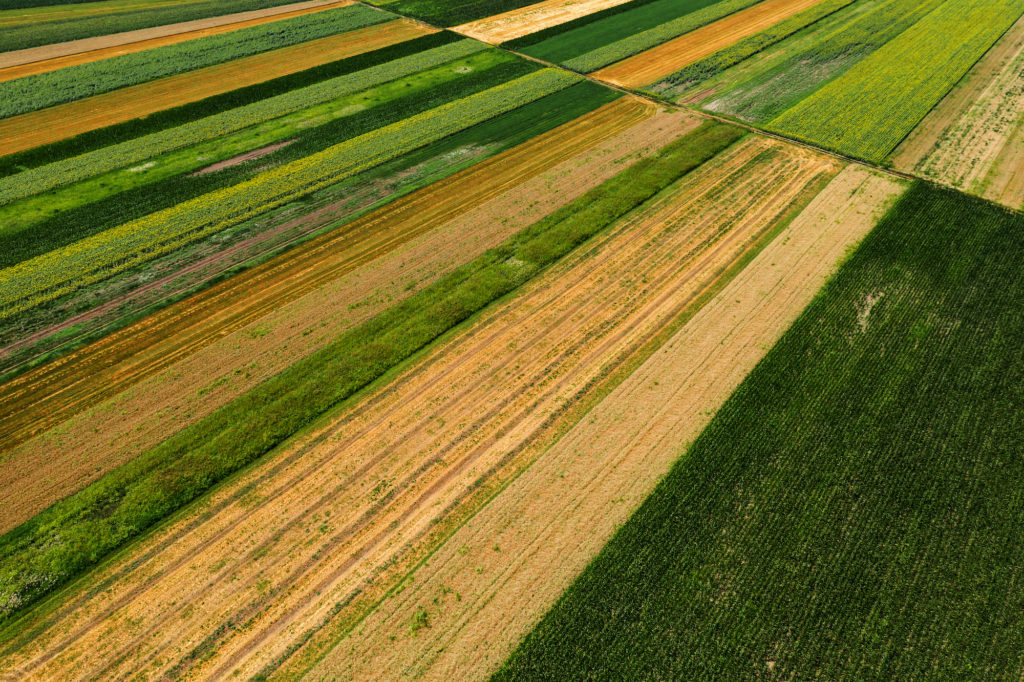The UK government’s Sustainable Farming Incentive pays farmers for actions that support food production and help improve farm productivity and resilience, while also protecting and improving the environment. This includes, for example, a payment of £55/ha for intercropping (also known as companion cropping). This, in combination with increases in nitrogen fertiliser prices, have led to an increased interest in intercropping.
Nearly 50 farmers attended a workshop organised by our partner Soil Association‘s network Innovative Farmers and hosted on Ben Adams‘ farm near Bicester. Participants discussed the benefits of intercropping and the barriers to its adoption.
Strengths and barriers of intercropping
Among the strengths identified for intercropping was that it’s an integrated pest management (IPM) strategy that does not come at the expense of productivity. Other key strengths mentioned by participants were reduced inputs – both nitrogen and pesticides – and increased plant diversity leading to improved soil health and resilience.
On the other hand, finding a way to price intercrops and establish markets for these products were identified as challenges. The ability to separate crops quickly and cost effectively was another barrier highlighted in the discussion. Participants also identified the need for better agronomic knowledge about growing intercrops.
Farm walk to spark interest in intercropping
Following the strength and weakness analysis, Ben Adams gave a tour through his fields where he is growing a range of intercrops. 16.5 ha of intercrop mixes across two fields. There, he shared practical insights and his experience with intercropping.
Read the event recap
Mike Abram recapped the event for CropProduction Magazine.
